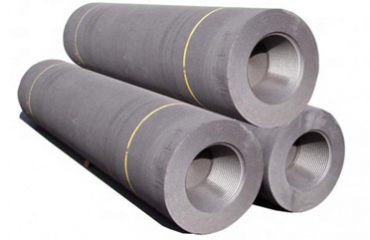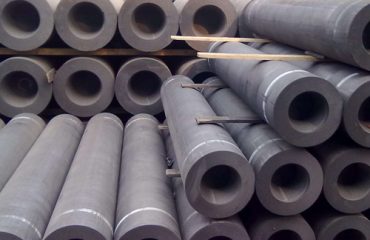Performance of carbon products and graphite products at ambient temperature
Carbon-graphite materials are a subject of interest to crystallography scientists and materials scientists in recent decades. In addition to the two common allotrope (diamond and graphite), there are many types of crystals in the range of graphite that are almost amorphous to highly crystalline. Structural changes bring about qualitative differences, making carbon materials successful in many ways.
For example, graphite can be used as lubricant, also for high-temperature high-strength components, and can be made into an arc furnace steelmaking indispensable electrodes, after special chemical treatment, the flexible sealing material can be made, and the interlayer compound with higher conductivity than copper can be made. Diamond with its brilliant luster to make it an ornament, incomparable hardness and make it in the industry as abrasive cutting materials. Near amorphous, The lack of thermal conductivity of carbon black can be used as insulation material. With its ability to slow neutrons effectively, graphite is an indispensable material for atomic energy. Carbon fiber and graphite fibers are one of the most important materials for the development of aerospace. Therefore, carbon-graphite materials are widely used and have a broad future.
Physico-chemical properties of carbon and graphite the graphite crystal is a layered lattice, which is formed by a large number of carbon atoms with hexagonal rings, which are overlapped in parallel. The most common graphite crystals belong to six-square crystalline system, and the crystal structure has significant anisotropy.
The properties of carbon include the properties of the graphite crystal itself and the so-called structure-sensitive properties related to the microstructure of the Microcrystalline interface or the state of extraction. The structure-sensitive properties fluctuate greatly with the wide variation of carbon structure. A typical carbon product made of petroleum coke, graphite products and pyrolytic graphite are given. Pyrolytic Graphite-tensile strength can be seen with the temperature change, until the tensile strength of 2750 degree pyrolytic graphite increases with the increase of temperature.


